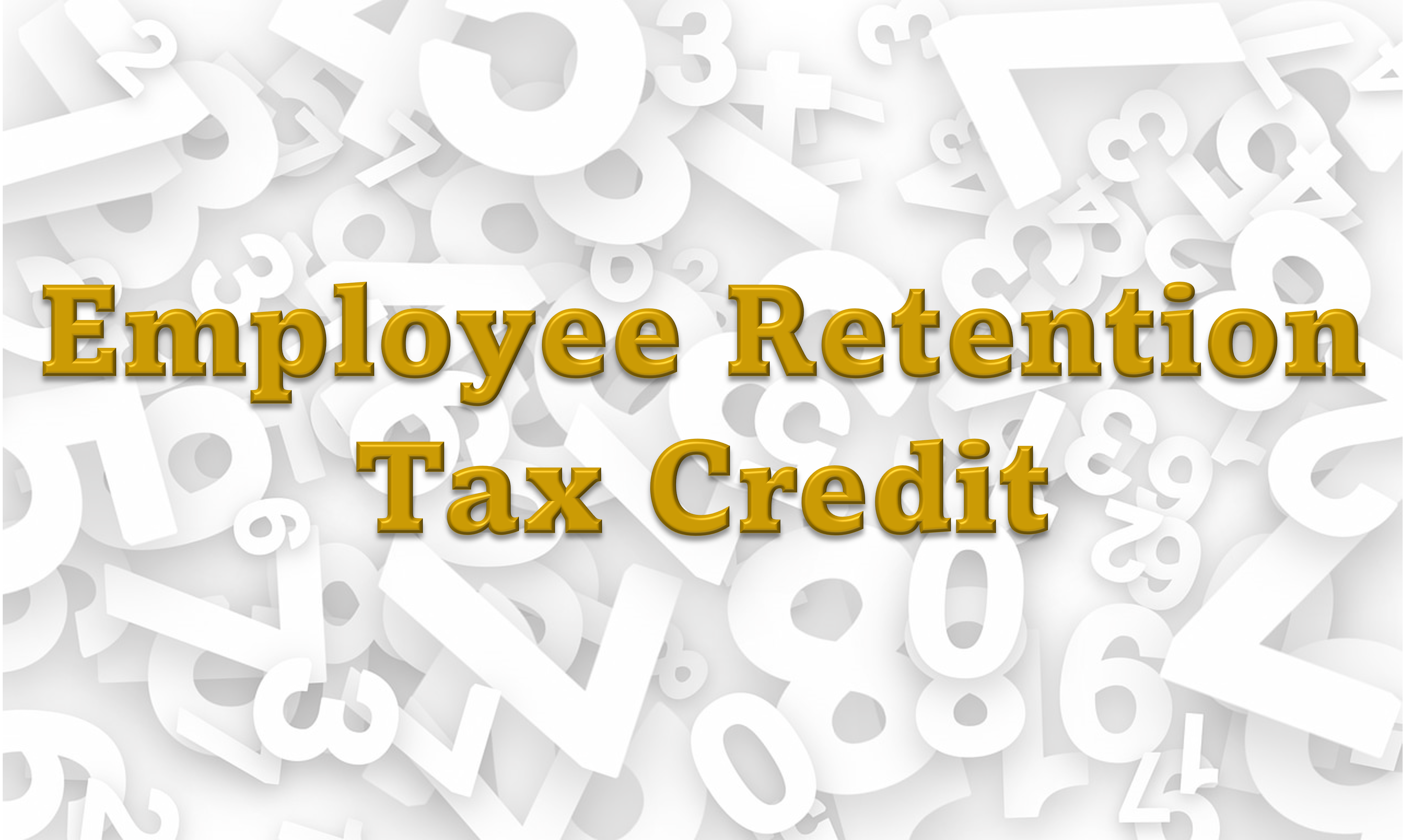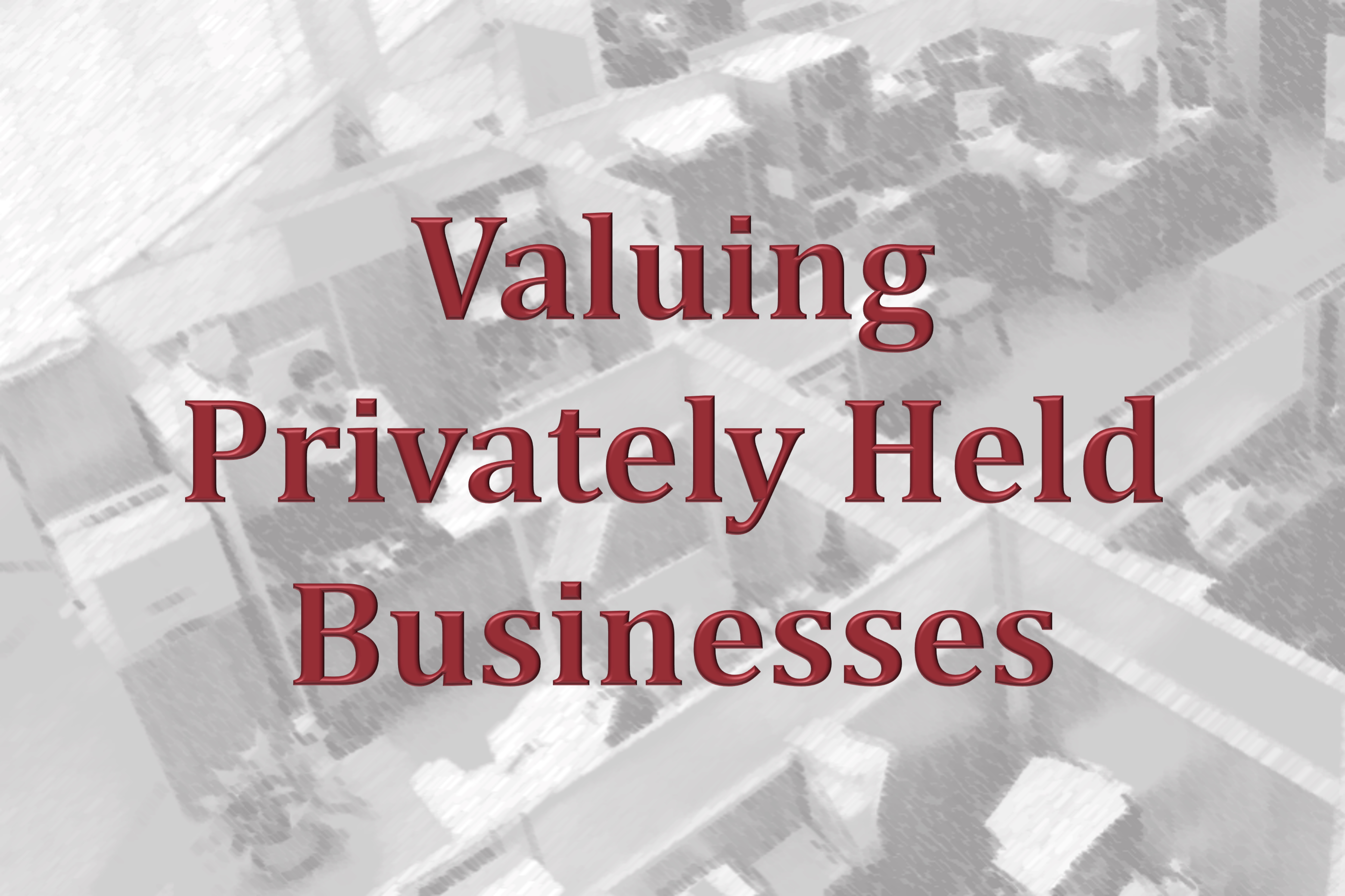Although forgiveness for Paycheck Protection Program (PPP) loans is a foremost topic on the minds of borrowers, there are several reasons why borrowers should not rush to apply for forgiveness.
Long-expected FAQs expected to clarify many PPP-related issues are still awaited from the U.S. Small Business Administration (SBA) and Treasury. In addition, the loan forgiveness application has not been updated to reflect the recent five-week extension, approved on June 30, of the program’s deadline to Aug. 8.
A big reason for these delays is that Congress is debating a new round of COVID-19 relief, which is expected to include a second PPP initiative more targeted than the first one. Those discussions also may include major changes relaxing the forgiveness requirements for the smallest loans, possibly those up to $100,000 or $150,000.
The SBA issued a procedural notice that indicated it would not begin accepting PPP forgiveness submissions from lenders until a new software-as-a-service platform currently under development goes live Aug. 10. The SBA said the launch could be delayed if new legislation changes the forgiveness process in ways that require changes to the new platform.
The deadline for the PPP forgiveness process doesn’t come until 10 months after the end of the loan’s covered period. At that point, if forgiveness forms have not been submitted, the funds officially become a loan that needs to be repaid. It’s best for borrowers to take their time and make sure they have as much information as possible so they can maximize loan forgiveness.
Since there are still a lot of unanswered questions, so as long as there’s not a deadline to have the PPP forgiveness application submitted, other than 10 months after the end of the covered period, it’s really a business decision.
If you need assistance regarding this topic, please reach out to us at (469) 467-4660 or info@ahujaclark.com.






